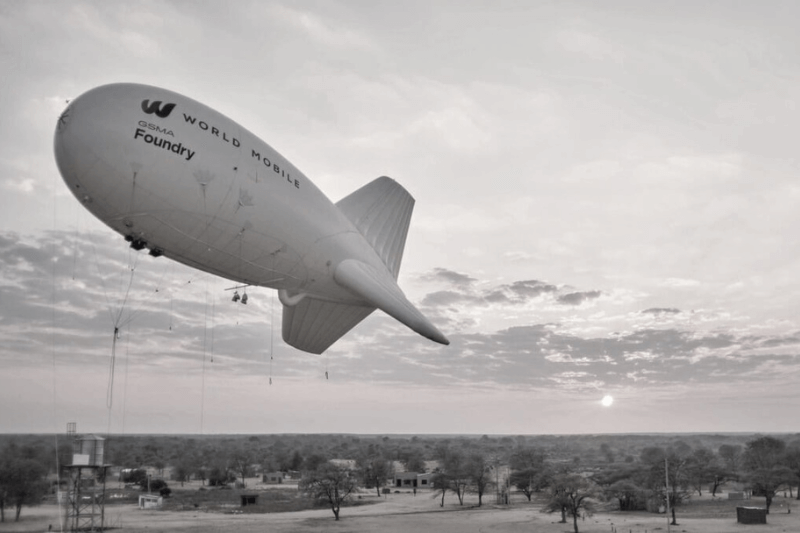Last updated on November 8th, 2023 at 09:26 am
In a social media post, World Mobile has announced the launch of its first aerostat in Massingir, Mozambique, following regulatory hurdles encountered in Tanzania.
Chief Executive Officer Micky Watkins said World Mobile had initially planned to launch the first aerostat in Zanzibar, Tanzania. The network provider waited for an approval for 11 months.
But the authorities in Mozambique gave a warm welcome, Watkins noted, adding: “The regulator was very, very encouraging, the flight authorities were very, very encouraging.”
More Cost-Effective Way
Aerostats are giant unpowered helium-filled balloons tethered to the ground with a high-speed fibre cable connection. They are known to connect over a wider area.
Since the radio antenna attached to the aerostat is raised to a far higher altitude, around 300 m above the ground, it can offer much wider connectivity compared to a traditional telecoms tower.
World Mobile says its aerostats provide connections over a staggering radius of up to 130 km. According to Watkins, an estimated 12 to 15 towers would be needed to cover the same area.
Keep Reading
Far Easier To Manage
Managing 15 telecoms towers in a rural area is a challenge to say the least, the CEO noted, highlighting how having one centralised point is better.
“You have got to power each site, you have got to secure each site, you have got to bring fibre to each site, you have got to have a security guard on each site,” he explained.
Aerostats need to be refilled every 2 to 4 weeks, with a crew necessary to operate the device and ensure the tether to the ground doesn’t get severed.
Closing Gap In Connectivity
Network operators have been slow to cover remote and rural areas, reflecting how deploying towers to serve small numbers of mostly low-income customers is unlikely to be profitable.
According to Watkins, aerostats are capable of providing a promising solution for closing the “last mile” gap in mobile internet connectivity in Africa.
Mobile internet signals don’t cover some 180 million people in sub-Saharan Africa, while another 680 million have some form of coverage but do not use mobile internet.

